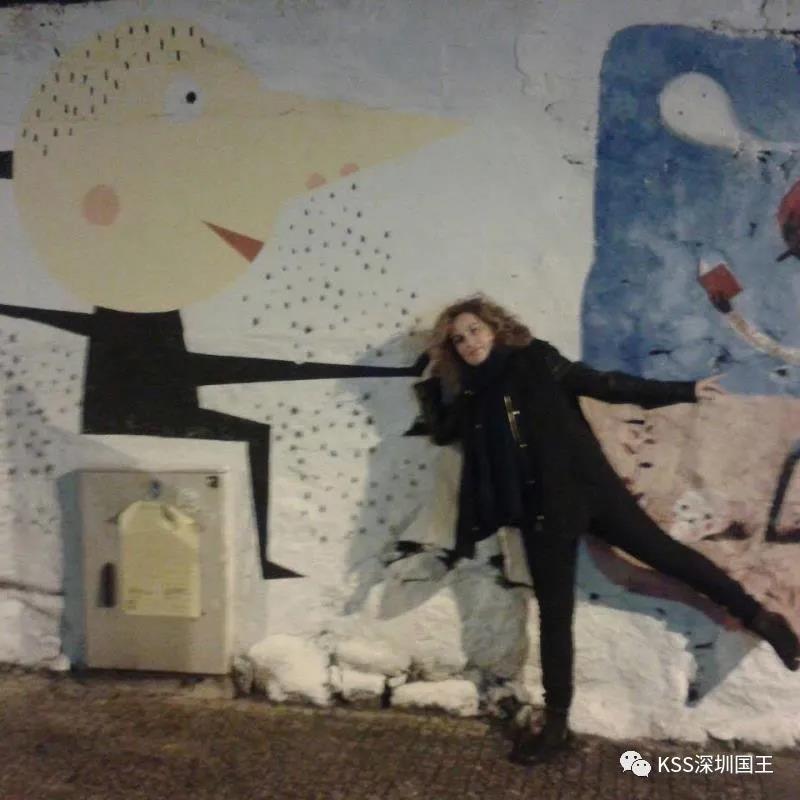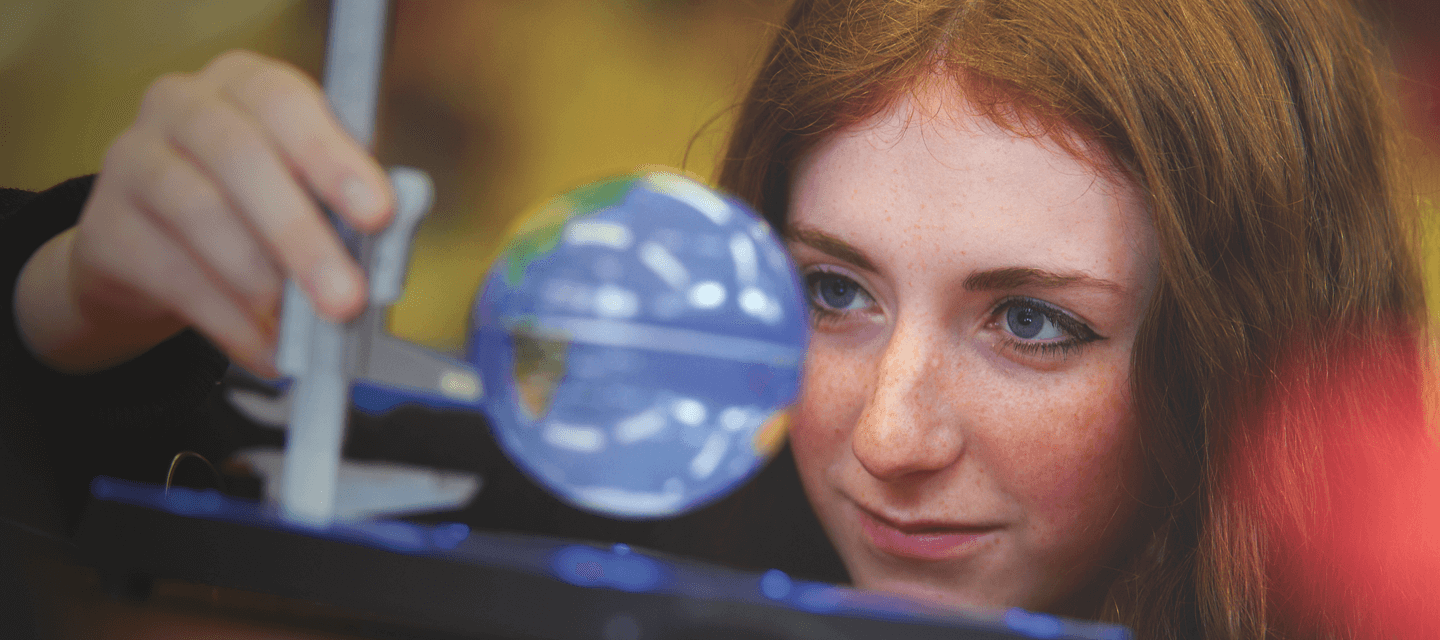
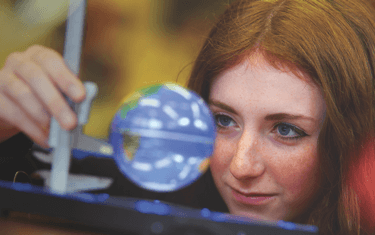

Miss Maria is a visual artist and former Head of Art and Design at Britannica International School Shanghai and Visiting Lecturer at The University of the Arts London, having worked in Primary and Secondary schools, at the Tate Galleries and at ROSSO Arts College in Shanghai. Maria completed a practice-based MPhil (2009-2014) at Chelsea College of Arts & an MA in Fine Art/Painting (2008-2009) at Wimbledon College of Arts, UAL. QTS Holder from the Department of Education in UK and MA Integrated, BA (Hons) in Fine Arts (Painting, Sculpture, Multimedia) (2001-2006) with a PGCE in Secondary Education (2005-2006) from Athens School of Fine Arts (ASFA), Greece. Her work has been exhibited in museums, galleries, and biennials worldwide and she has been awarded academic scholarships. She is a member of TrAIN, The University of the Arts Research Centre for Transnational Art, Identity and Nation which is a forum for historical, theoretical and practice-based research in architecture, art, communication, craft and design. She is also a member of a London-based, peer-led alternative art education network called ART&CRITIQUE which is dedicated to critical engagement with contemporary art and Soup Collective, Tate Collective and Chamber of Fine Arts of Greece.
1.When did you realise your passion and talents in arts?Is there someone or any experience that influenced you a lot and led you choose art as your career development?Please present some examples
I recognised that I wanted to be an artist at an early age; when I was younger, I remember telling my family that I wanted to be an artist. I was always surrounded by colours and brushes as my father was an interior designer and enjoys drawing and painting. I love the smell of paint! I remember staying for hours in my father’s studio playing with brushes and patterns. My paternal grandmother was also very creative and used to show me how to draw, creating my own stories on paper. I enjoyed visiting museums with my family and going to exhibitions, something that was always been very inspiring and motivating. I remember how proud I was to finish learning about an individual piece of artwork or learning about a new artist or even a new artistic skill. With my family background and their love of art we were always visiting museums and art exhibitions. It helped instill pride and a sense of accomplishment and I feel strongly about sharing this sort of experience of art with other people and my students. Teaching was also something I was very passionate about. When I was younger, I was fortunate to have a creative and inspiring primary teacher. He took our class on museum trips, we painted murals around the school and his love of art helped inspire me.

2.You have been to many countries for exhibition and for teaching,could you introduce your personal experience briefly?
I have been very fortunate to exhibit my work in many different countries in my life. I have met a plethora of artists and curators and this has built my own identity as art is communication; it allows people from different cultures and different times to communicate with each other via images, sounds, stories and artworks by exchanging life experiences, opinions and knowledge. I have interacted and built relationships with people from different cultures learning about their practices, language and habits and without realising. This influences my work and has helped me to develop myself, to grow as an individual. I have challenged myself by leaving my comfort zone, by learning to be adaptable, and never stop enjoying to work collaboratively by respecting whatever might be culturally different.

3.How can you bring your multi-cultural background and experience into class and to your students?Please present some examples.
It is great to have such a diverse range of nationalities and cultures as both teachers and students bring their different backgrounds and experiences to the classroom. I have travelled a fair bit and it really helps my awareness of places and cultures that students talk about. Having conversations and showing understanding really helps build strong relationships by developing interpersonal sensitivities of cultural difference and knowledge. As a school we can celebrate many different festivals from around the world and there is a real sense of understanding between students. As I teach, I try to use a lot of visuals, a lot of student discussion, encouraging all students to feel comfortable to express themselves and I have built a word wall in my classroom with all the translated key words to help those EAL students. Students can help peers and I encourage collaborative work at all times.

4.We know that you worked for Mexico Embassy as an arts tutor in 2013,could you elaborate more about this experience? What project and art activities did you design and organise for education and artistic development?Please present some examples (also photos)
While living in London, the Mexican Embassy invited me to plan and organise a series of workshops to familiarise the community with the Mexican culture and the ‘Day of the Dead’ festival. Children and young adults in the community were encouraged to attend and were involved in various art projects such as making tissue paper flowers (which are mainly used as decorations for religious celebrations), pumpkin sugar skull candle holders, glow in the dark skull lanterns, painted skulls, papier-mâché hats and sombreros, stone sugar and felt skulls, collage and desk lamps. I designed these activities for their enjoyment, education and artistic development.
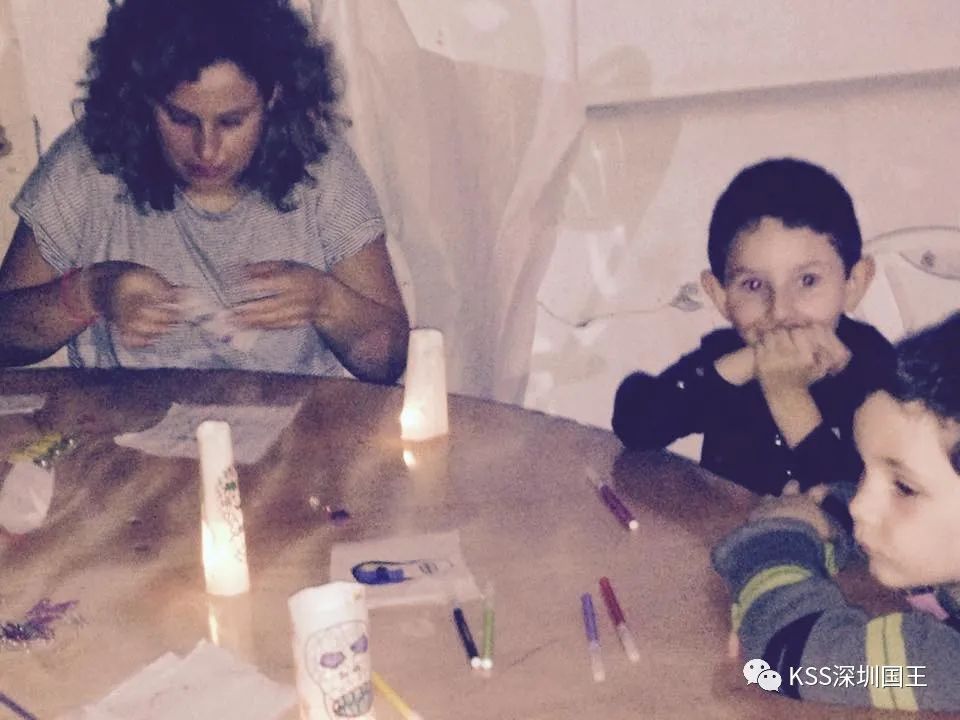
5.As far as you’re concerned,is it possible for teachers to cultivate students’ personality and character through art education? How can teachers support children to establish their confidence with art?Please present some examples
Art encourages children to give more attention to the physical space that surrounds them and develop hand and eye co–ordination. It encourages reflection, decision-making and problem solving. Through art and creative manipulation of these subjects, students are drawn into the future, involving them in thinking and doing, making something that is useful, great to look at or just focusing on the process to find out how, what and why.
My students come into class with vastly differing world outlooks, languages and life experiences. When students are first acclimatising themselves to a new school community and language, the arts classes are often where they are able to let themselves be free to express their feelings and thoughts. They learn the technical skills for art making, but they also learn how to see and understand in a visual language. They are able to see and build connections with other students’ experiences, to their other classes, and to the world around them. Students know and understand how they can take what they are learning in the arts and apply it to other subjects. These connections support their learning in all subjects making them more prepared to think critically and build their confidence. I enthusiastically encourage this, praise and give them direction and explore different ways that they can achieve this. The last two years some of my students’ work was shortlisted at the Young Artist Worldwide competitions at the Royal Academy of Arts in London and at the COBIS (Council of Overseas British Schools) Art yearly competition. After that, COBIS asked me to be one of their judges from now on, judging the work of all the international submissions and to be part of a great selected art team.

6.You worked with different age group of students, what’s the difference between Pre-prep, Primary and Senior students? And what does “playful approach/class” look like for Pre-prep and primary,how to support these early-years students to develop in playful approach?Please present some examples.
The main difference between the two is the children’s age and their developmental abilities. The focus is more on engaging the students in a variety of activities that include learning key concepts and course objectives. I believe that anyone can be taught to be a great artist. Effective teaching is an art form. Like most forms of art, there are skills involved which can be learned and developed. I would like to share my passion and purpose, encourage students to believe in themselves as anyone can become an incredible artist. It is all about learning and practising skills. First, students must believe that this is possible and they must work hard. I always prepare my lesson with clear objectives and art activities. Art activities or art-making experiences are designed so that students reinforce the concepts. I believe in being open with my students, to share my personal experiences and encourage discussions that inspire them. I guide my students by taking them to art galleries and inviting visiting artists to share their experiences with them, to explore our shared love of art in order for them to learn and grow. Sometimes the result of the product may not be aesthetically successful, but as long as the concept is engrained in the student, then future products will be. Success only happens when it is believed to be possible. I involve all students and let them be active participants in their learning and discussion and asking questions.

7.We have heard you also know a lot about psychology,so why did you get interested in this area? And combine with your speciality in arts,how can you support kids in need(SEN/ADHD to better develop?Please present some examples
I enrolled in Autism and Mental Health courses from the University of Bromley, Greenwich London, along with a series of online courses to stay updated and enrich my knowledge. I have learned to view every student as unique with their own set of actions and responses. They will come from all walks of life, having faced different challenges and struggles with the support of a family that is different in their own way. These differences rely on the awareness and compassion of someone who can appreciate the individual paths that lead someone to a better future, and more importantly, that person must have the strength to honour the rarity that each student has to offer to the classroom.
Patience, differentiating activities, working in groups and supporting to each other is crucial to my teaching practice. It’s all about the individual child and finding ways to inspire them – which means you get to be incredibly creative in your approach. Sensory activities, singing, dancing, cooking, eating, painting – there are so many creative ways to inspire your students and help them to understand and grasp different concepts. You might even end up teaching the same material in three or four different ways to help different children understand it in a way that works for them!
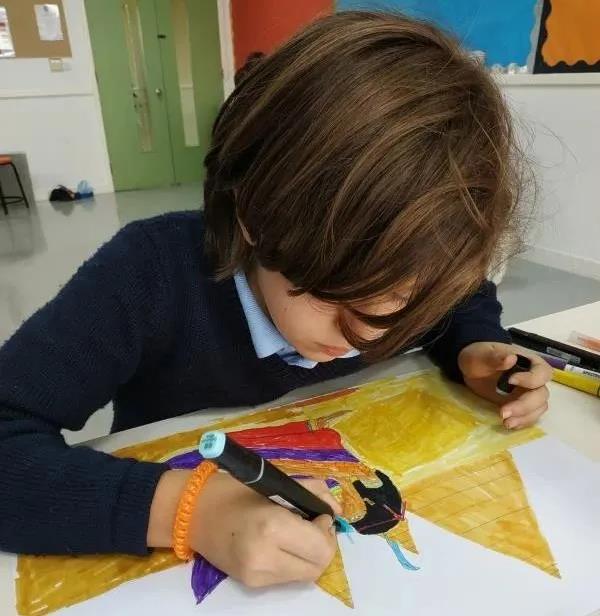
8.What would you expect most that you would deliver from yourself to students?Or what do you expect your students learn from you?
My art lessons focus on positive achievements where children be able to develop character, learn habits, behaviours and attitudes that are necessary for success in any field of endeavour. They will also be able to prepare to use these skills effectively by developing a strong sense of identity and confidence in their ability to affect the world around them in meaningful ways. It enables children to build their confidence and learn how to think positively about themselves. Expressing themselves by giving them a medium to connect new knowledge to personal experiences and express what they have learned to others. In my classes, students are encouraged to create original artwork filled with colour that displays a creative use of space, developing their own ideas through fun activities and tasks.
